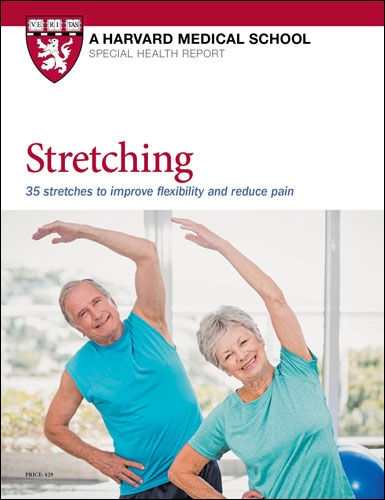The ideal stretching routine

Stretching is an underrated but important part of daily physical activity. Along with improved flexibility, stretching can lead to many health benefits including :
- Increased range of motion in joints
- Enhanced circulation
- Reduced muscle stiffness and tension
- Improved physical performance
- Injury prevention
- Improved posture
- Stress relief
These benefits make stretching an essential part of a healthy lifestyle. Knowing stretching basics such as how often should you stretch; how long should you hold a stretch; and how many times you should do each stretch will ensure you are getting the most out of your routine and reaping the full benefits of flexibility, mobility, and injury prevention.
A panel of experts convened by the American College of Sports Medicine (ACSM) reviewed a wide range of studies to help answer these questions. Based on the evidence, the panel agreed that:
- Healthy adults should do flexibility exercises (stretches, yoga, or tai chi) for all major muscle-tendon groups—neck, shoulders, chest, trunk, lower back, hips, legs, and ankles—at least two to three times a week.
- For optimal results, you should spend a total of 60 seconds on each stretching exercise. So, if you can hold a particular stretch for 15 seconds, repeating it three more times would be ideal. If you can hold the stretch for 20 seconds, two more repetitions would do the trick.
A regular stretching routine is a simple yet powerful addition to your daily self-care.
To learn more about improving your flexibility, read Stretching, a Special Health Report from Harvard Medical School.
Image: © Martinan/Getty Images
Disclaimer:
As a service to our readers, Harvard Health Publishing provides access to our library of archived content. Please note the date of last review or update on all articles.
No content on this site, regardless of date, should ever be used as a substitute for direct medical advice from your doctor or other qualified clinician.
















